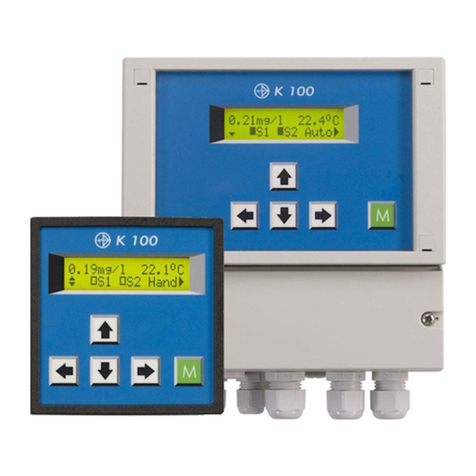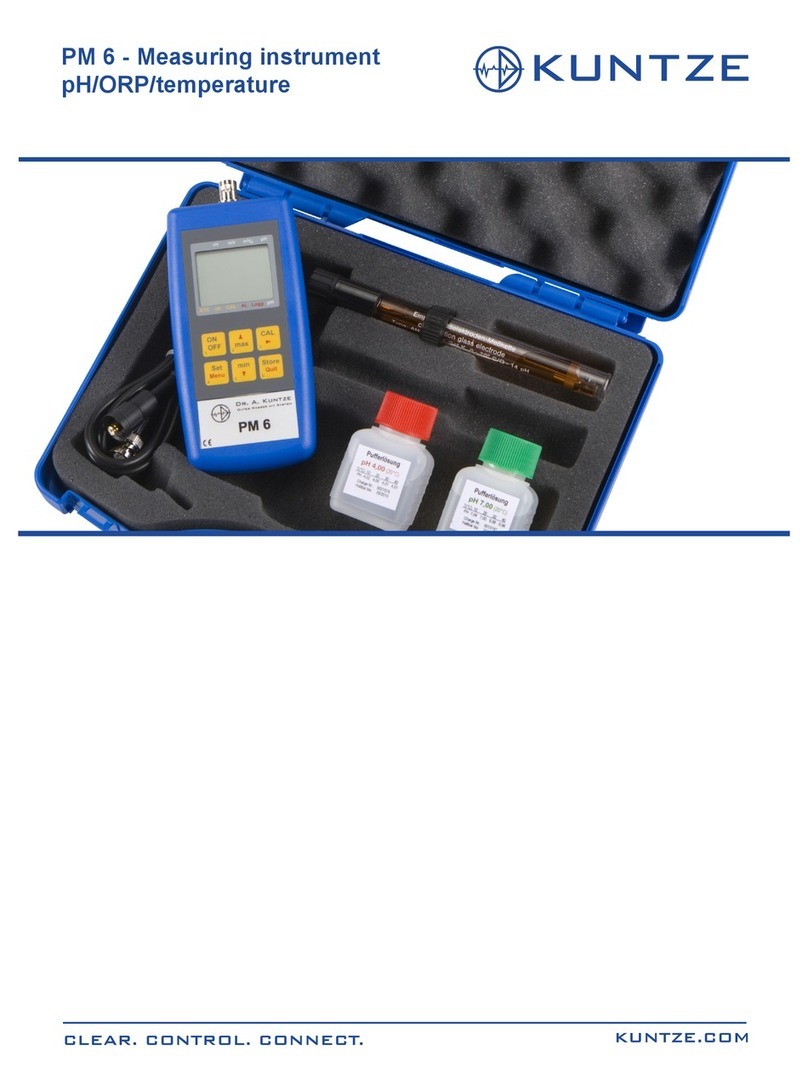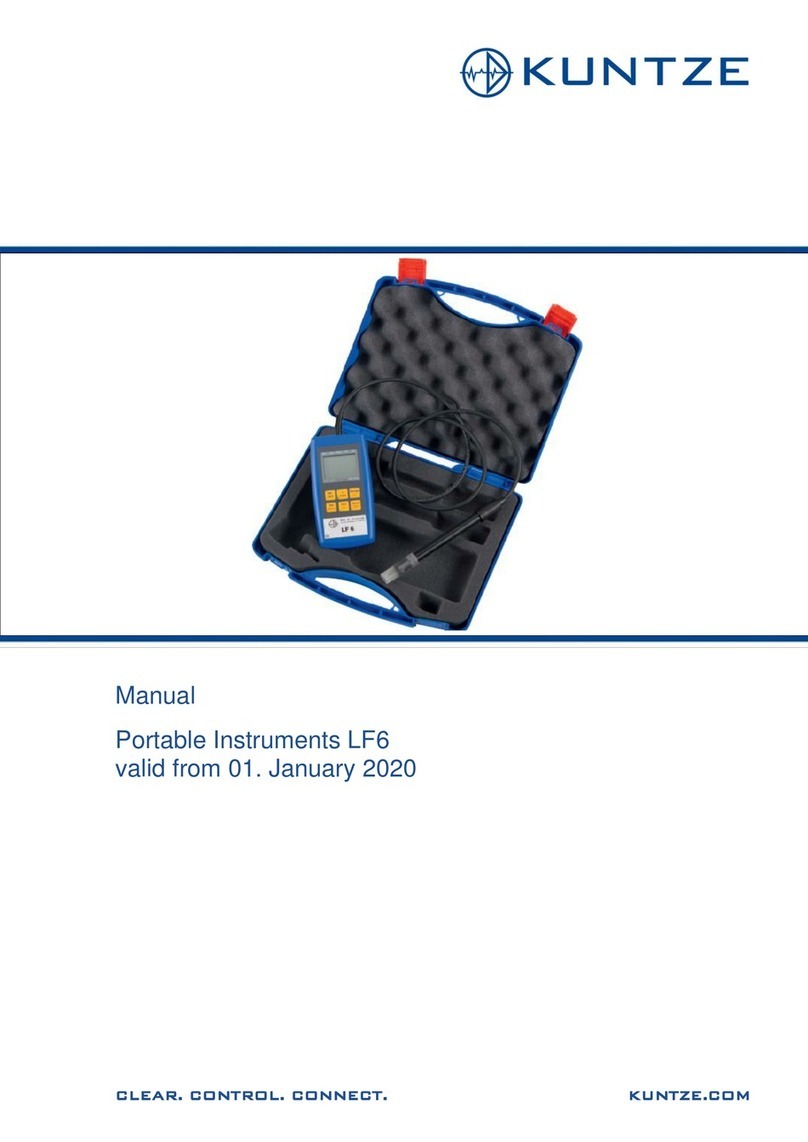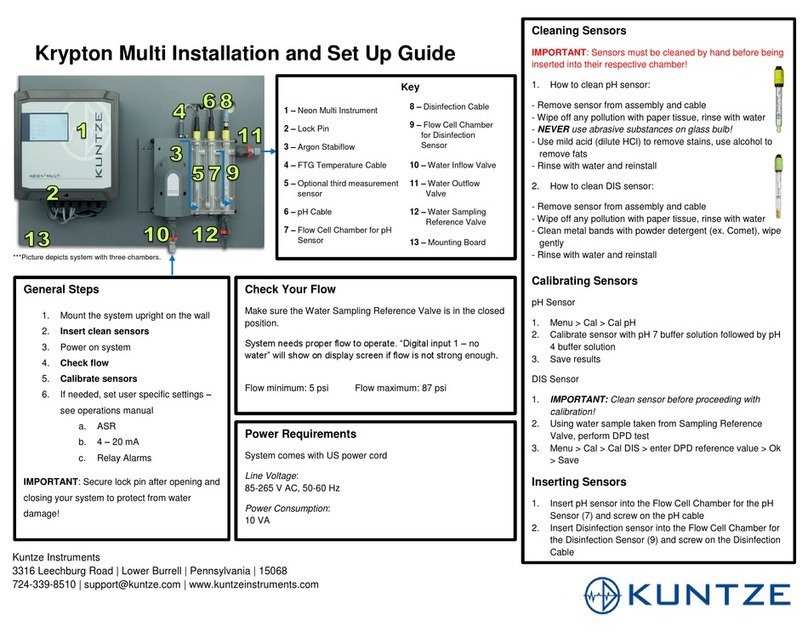
3
K 100 CM/IL & K 100 W CM/IL
Contents
1. Your K 100 ..................................................................................................... 4
1.1GeneralandSafetyinstructions ...............................................................5
1.2Application ...............................................................................................6
1.3Intendeduse ............................................................................................6
1.4Features...................................................................................................7
1.5Technical data .......................................................................................... 8
1.6Declarationofconformity .......................................................................... 9
2.Instructionsforinstallationandconnections ........................................... 10
2.1Dimensions ............................................................................................ 11
2.2 Installation K 100 ................................................................................... 12
2.3 Installation K 100 W ............................................................................... 13
2.4ConnectiondiagramK 100 ..................................................................... 14
2.5 Connection diagram K 100 W................................................................. 15
3. Operation of the instrument....................................................................... 16
3.1How toadjust parameters....................................................................... 17
3.2Wheretolookfor information.................................................................. 18
3.3Menuoverview ........................................................................................ 19
4. Code and laguage...................................................................................... 20
5. Adjustments for themeasurement ............................................................ 21
5.1Measuringrangeandcellfactor.............................................................. 22
5.2Cablecompensationandaveraging ........................................................ 23
5.3Temperature compensation .................................................................... 24
6. Adjustment of the controller ...................................................................... 25
6.1ON/OFFcontroller.................................................................................. 26
6.2 P / PI controller as impulse-frequencycontroller..................................... 27
6.3 P / PI controller as pulse-pause controller .............................................. 28
6.4Activationanddeactivationof thecontroller............................................. 29
6.5Turn-ondelay ......................................................................................... 29
6.6 External controller stop(digital input) ..................................................... 29
6.7 Manualoperationof the relays................................................................ 30
6.8 Dosage check ........................................................................................ 31
7. Data output.................................................................................................. 32
7.1Currentoutput ........................................................................................ 32
7.2Currentoutputascontrolleroutput ......................................................... 32
7.3Serialinterface RS485(option) ............................................................... 32
8. Limit values and Alarm.............................................................................. 33
8.1Alarm ..................................................................................................... 34
8.2Configurationofthealarmrelay ..............................................................35
8.3Errormessages...................................................................................... 36
9. Operation and maintenace........................................................................ 37
10. Service ...................................................................................................... 39
Index ............................................................................................................... 40
Customer settings- for reference! ................................................................. 42
































